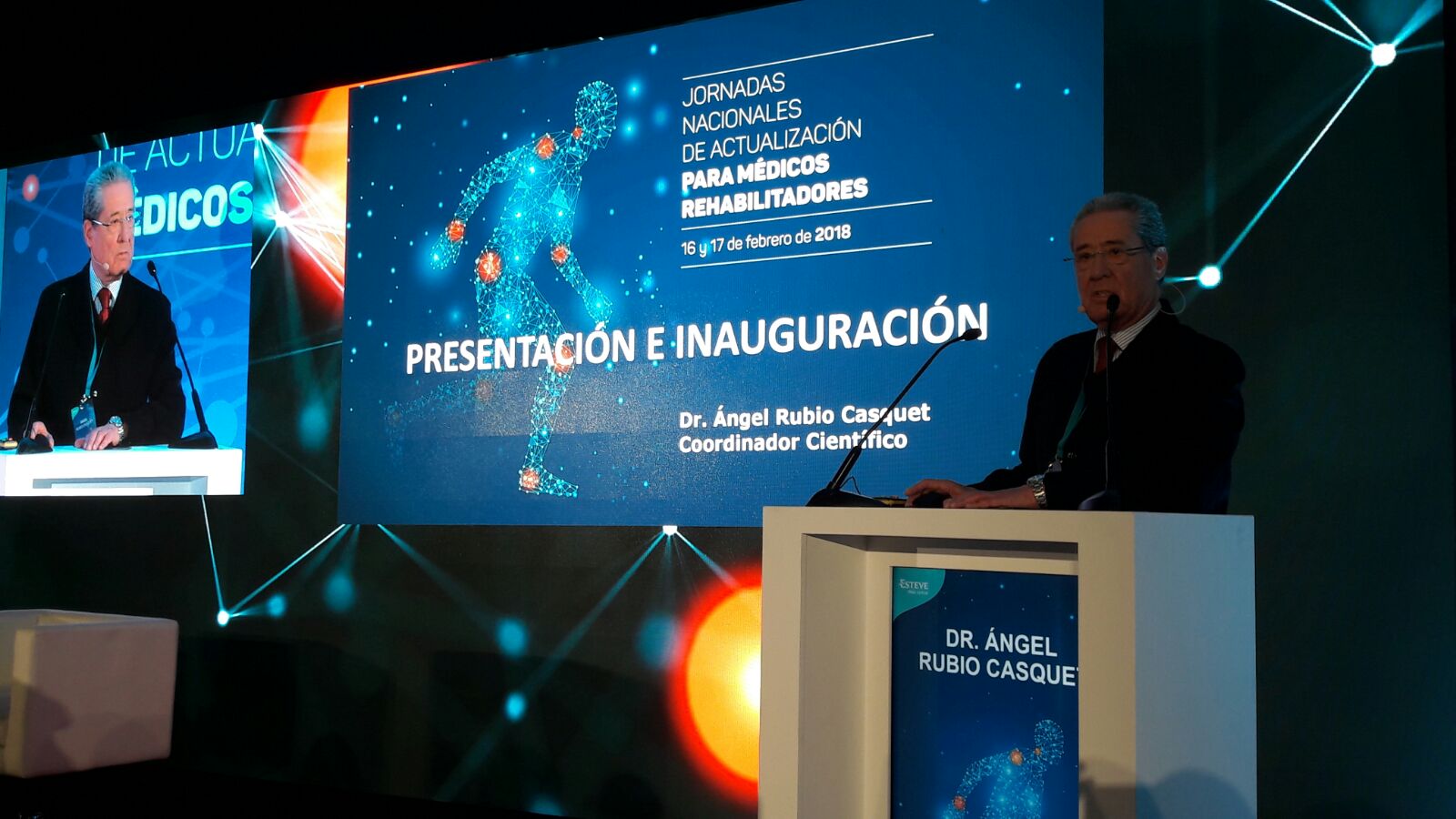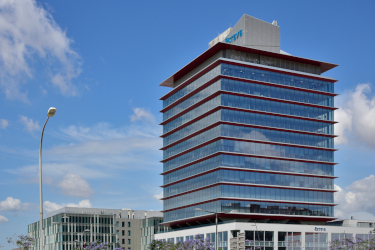20/02/2018
PATIENT ACCESS TO CARDIAC REHABILITATION PROGRAMS IS UNEQUAL ACROSS AUTONOMOUS COMMUNITIES
Rehabilitation physicians call for strategies that facilitate the creation and conduction of these programs, which improve quality of life and reduce complications in ischemic heart disease patients

Circulatory system diseases account for almost 30% of deaths in Spain. More specifically, ischemic heart diseases (such as infarction and angina pectoris) are the leading cause of death1. Cardiac rehabilitation programs improve the patients quality of life and reduce the number of complications and hospital admissions, and mortality. While all provinces should have this type of programs, these are currently distributed quite heterogeneously. More than 250 professionals attended the National Update Meetings for Rehabilitation Physicians, sponsored by ESTEVE and endorsed by the Spanish Society of Physical Medicine and Rehabilitation (SERMEF).
Cardiorespiratory rehabilitation is in the mind of all rehab physicians, but not within their reach, says Dr. Ángel Rubio, coordinator of the National Update Meetings for Rehabilitation Physicians. Consequently, many patients basically at the county level are less likely to access these cardiorespiratory rehabilitation units as compared to those who live near hospitals equipped with these units. Ideally, even county hospitals should have these programs.
Already recommended by the WHO in the sixties, these programs include all the measures required for secondary prevention, recovery of functionality by patients with heart conditions (basically ischemia and post-infarction surgery), and reduction of the risk of a second infarction (8% to 10% after one year). The comprehensive approach of these programs includes physical activity, psychological interventions, and health education to change behaviors and promote cardio-healthy habits.
Their efficacy, recorded in different clinical practice guides or consensus documents endorsed by European and American scientific societies2, has been shown by a reduction of general and cardiovascular mortality in the long term and hospital admissions, and by an improved quality of life of patients. Their implementation, however, is heterogeneous across the different Autonomous Communities, and experts call for prioritizing strategies that facilitate the conduction of these programs.
These Meetings are organized by ESTEVE, a company that supports continuous training of rehabilitation physicians for three consecutive years to incorporate the latest rehabilitation techniques on a hospital, outpatient and intervention basis. Thus, practical workshops in addition to conferences and round tables have also been included.
A multidisciplinary team coordinated by the rehabilitation physician
In the scope of cardiorespiratory rehabilitation programs, Dr. Rubio points out that recovery must be controlled by a multidisciplinary team composed of a cardiologist, a family doctor, a physiotherapist, a psychologist, nursing staff, and a rehabilitation physician responsible for coordinating this team.
Also, while these programs are attended mostly by men, the percentage of women has increased over the past years, mainly due to an increased rate of cardiovascular diseases caused by greater stress and greater cigarette consumption among women.
The round table on cardiorespiratory rehabilitation was supplemented by a workshop on ergospirometry training. This technique is the first step to prepare a patient-tailored program and consists of a stress test to obtain the cardiac and respiratory parameters.
Incorporating the latest techniques
These Meetings have addressed topical subjects that are indispensable in the rehab physicians daily practice. For example, the inaugural conference revolved around platelet-rich plasma infiltrations, a treatment that consists in extracting blood from the patient, centrifuging it, extracting the platelet-rich part from it, and injecting this part into the affected area to accelerate tissue regeneration in the early stages of osteoarthritis or in conditions where the rest of therapeutic options have failed. Rehab physicians must be aware of this technique to use it in their daily practice.
The topic of central and peripheral sensitization was also addressed. Indeed, it is becoming evident that neuropathic pain not only originates from the damaged peripheral nerves but can also be due to lesions in the central nervous system. Also, a round table discussion was held on intervention rehabilitation with topics such as ultrasound-guided infiltration of the shoulder, the elbow, the knee, etc., blockade of the peripheral nerves more frequently used in rehabilitation, and ultrasound-guided calcification aspiration.
The latter technique is used in small calcifications, such as calcified tendinitis of the shoulder, a condition that affects 10% of the population and is characterized by very severe pain. Ultrasound-guided aspiration allows removing calcifications by means of a minimally invasive intervention that consists in introducing and guiding a needle to reach the calcification, aspirate it and remove it. This allows outpatient treatment and may occasionally prevent surgery, which is not devoid of complications and requires more recovery time.
Dr. Rubio also pointed out that ultrasound scans are a common denominator of all these intervention techniques. The musculoskeletal ultrasound workshop was the perfect supplement, mostly for Rehabilitation Physicians who want to start out in sonography and practice ultrasound guidance techniques at a later time.
References
1 Instituto Nacional de Estadística (INE).
2 Gómez-González A. et al. Recomendaciones sobre rehabilitación cardíaca en la cardiopatía isquémica de la Sociedad de Rehabilitación Cardio-Respiratoria (SORECAR). Rehabilitación (Madr.). 2015; 49 (2): 102-124



